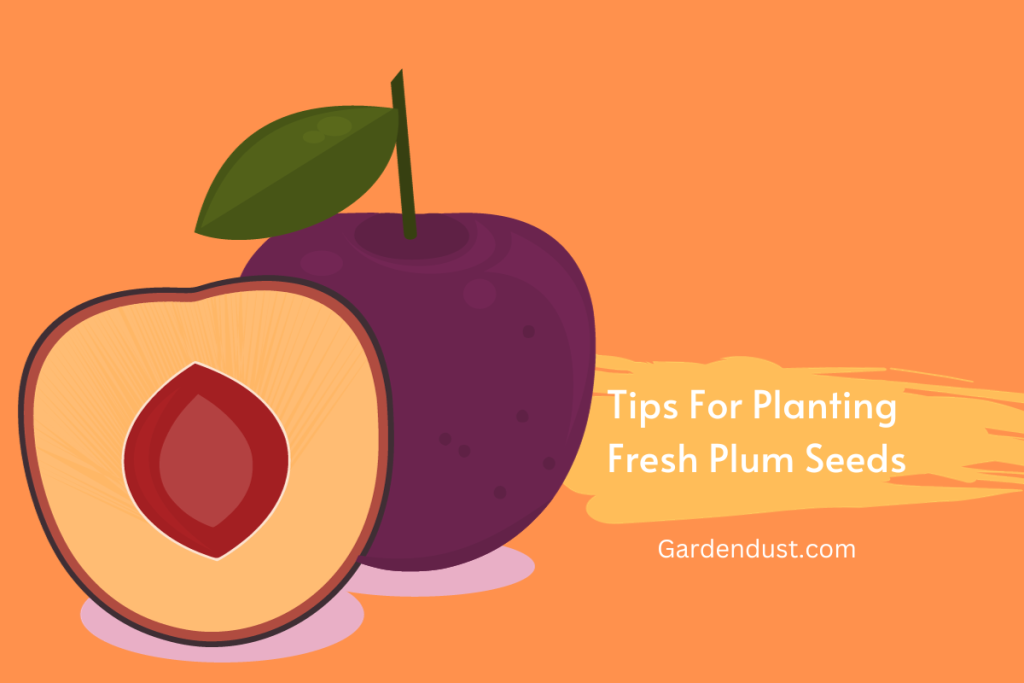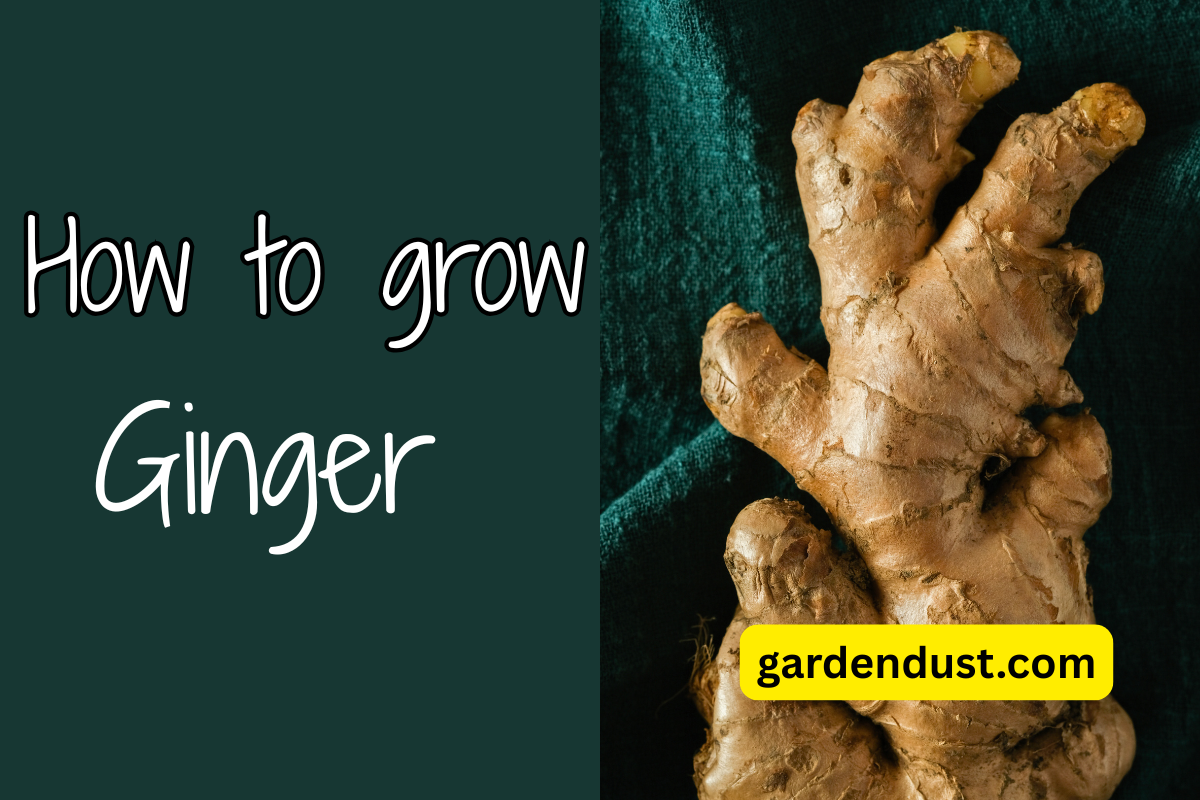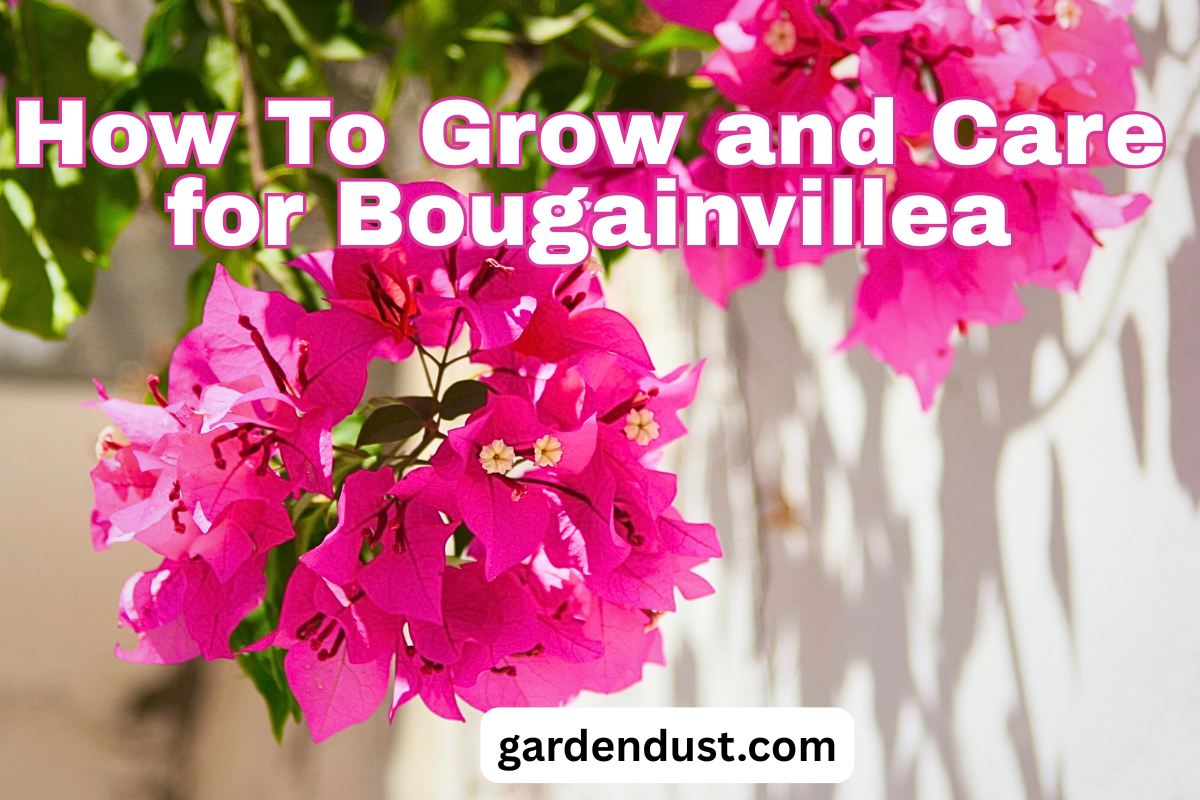Plums are a delectable and nutritious fruit that many of us enjoy, and the idea of growing your own plum tree from a pit sounds tempting. While it’s possible to plant a plum pit and nurture it into a tree, there are some essential steps and considerations to remember to increase your chances of success. In this guide, we’ll explore the process of planting fresh plum seeds and offer tips to help you along the way.
Understanding Plum Seeds
What Is a Plum Pit?
A plum pit, also known as a plum stone or seed, is the inner part of a plum fruit. It contains the genetic material needed to grow a new plum tree.
Can You Plant Plum Seeds?
Yes, you can plant plum seeds to grow plum trees, but there are specific steps and conditions that need to be met for successful germination.
Selecting the Right Plum Seeds
Choose Fresh, Ripe Plums
To have the best chance of success, start with fresh, ripe plums. The fresher the fruit, the more viable the seeds are likely to be.
Varieties of Plums
Different varieties of plums will yield different types of plum trees, each with its unique characteristics. Consider which variety you’d like to grow and obtain plums of that type.
Extracting Plum Seeds
Gather Your Supplies
You’ll need a few simple supplies for extracting plum seeds:
- Fresh, ripe plums
- A knife
- A cutting board
- A paper towel or cloth
Step-by-Step Extraction
- Wash and dry the plums.
- Cut the plum in half along the seam, and carefully remove the pit (seed) with a knife. Be gentle to avoid damaging the seed.
- Use a paper towel or cloth to wipe any fruit residue from the seed.
Preparing Plum Seeds for Planting
Removing the Seed Coat
Plum seeds have a hard, protective seed coat that can inhibit germination. To improve your chances of success, you can scarify or soften the seed coat:
- Place the seeds in a bowl of warm water and let them soak for 24-48 hours. Change the water every 12 hours.
- After soaking, gently rub the seed coat with sandpaper or a nail file to create small scratches or abrasions.
Cold Stratification
Many plum seeds benefit from a period of cold stratification, which simulates winter conditions and helps break dormancy. Here’s how to do it:
- Dampen a paper towel or a few layers of paper towels.
- Place the scarified seeds on the damp paper towels.
- Fold the paper towels to enclose the seeds.
- Put the paper towels with the seeds inside a sealed plastic bag or container.
- Store the bag or container in the refrigerator for 8-12 weeks. Check periodically to ensure the paper towels remain damp.
Planting Plum Seeds
Selecting a Planting Location
Choose a suitable location for planting your plum seeds. Plum trees require full sun and well-draining soil. Ensure the area has good air circulation to prevent disease.
Planting Plum Seeds in Pots
Planting in pots can be a convenient way to start plum seeds, especially if you want to protect them from harsh weather conditions.
- Fill a pot with a well-draining potting mix.
- Plant the scarified seeds about an inch deep in the soil.
- Water the soil thoroughly.
- Place the pot in a sunny location or under grow lights.
Planting Plum Seeds Outdoors
If you plan to grow your plum tree outdoors, follow these steps:
- Prepare a planting bed with well-draining soil.
- Plant the scarified seeds about an inch deep and several feet apart.
- Water the soil thoroughly.
- Mulch the area to help retain moisture and suppress weeds.
Caring for Young Plum Seedlings
Watering
Keep the soil consistently moist but not waterlogged. Water when the top inch of soil feels dry.
Thinning
If multiple plum seedlings emerge in a single pot or planting bed, thin them out, leaving only the healthiest and strongest plants.
Fertilizing
Young plum seedlings benefit from a balanced, slow-release fertilizer. Follow the manufacturer’s instructions for application.
Protecting from Pests and Diseases
Keep an eye out for pests and diseases, and take prompt action if you notice any issues. Using organic pest control methods is a good approach.
Transplanting Plum Seedlings
Choosing the Right Time
When your plum seedlings have grown to a suitable size (typically 12-18 inches tall), they can be transplanted into their permanent location. Spring or early fall is the ideal time for transplanting.
Digging the Hole
Dig a hole that is wide and deep enough to accommodate the root system of the seedling.
Planting Depth
Plant the seedling at the same depth it was in the pot or bed. Ensure the root collar (where the stem meets the roots) is at ground level.
Backfilling and Watering
Fill the hole with soil and water thoroughly to help settle the soil and remove any air pockets.
Mulching and Staking
Mulch around the base of the young tree to conserve moisture and control weeds. You may also need to stake the tree to provide support until it becomes established.
FAQs about Planting Plum Seeds
1. Can I plant plum seeds from store-bought plums?
Yes, you can plant plum seeds from store-bought plums. However, keep in mind that some store-bought plums may be hybrids, and the resulting tree may not produce fruit true to the parent.
2. How long does it take for a plum seed to grow into a fruit-bearing tree?
It can take several years, typically 3-5 years or more, for a plum seedling to mature into a fruit-bearing tree.
3. Do all plum varieties require cold stratification?
No, not all plum varieties require cold stratification. Some may germinate without it, but stratification can increase the chances of successful germination.
4. Can I grow a plum tree indoors in a pot?
It’s challenging to grow a plum tree indoors in a pot, as these trees can become quite large. If you want to grow it indoors, select a dwarf or mini plum tree variety and provide ample light and space.
5. How do I protect my plum tree from pests and diseases?
Regularly inspect your plum tree for signs of pests and diseases. Use organic pest control methods when needed, and ensure proper pruning and sanitation practices.
Conclusion
Planting plum seeds can be a rewarding and cost-effective way to grow your plum tree. With patience, proper care, and attention to the specific needs of your plum seedlings, you can enjoy the beauty of a thriving plum tree in your garden, and perhaps even a bountiful harvest of delicious plums in the future. Happy planting!







